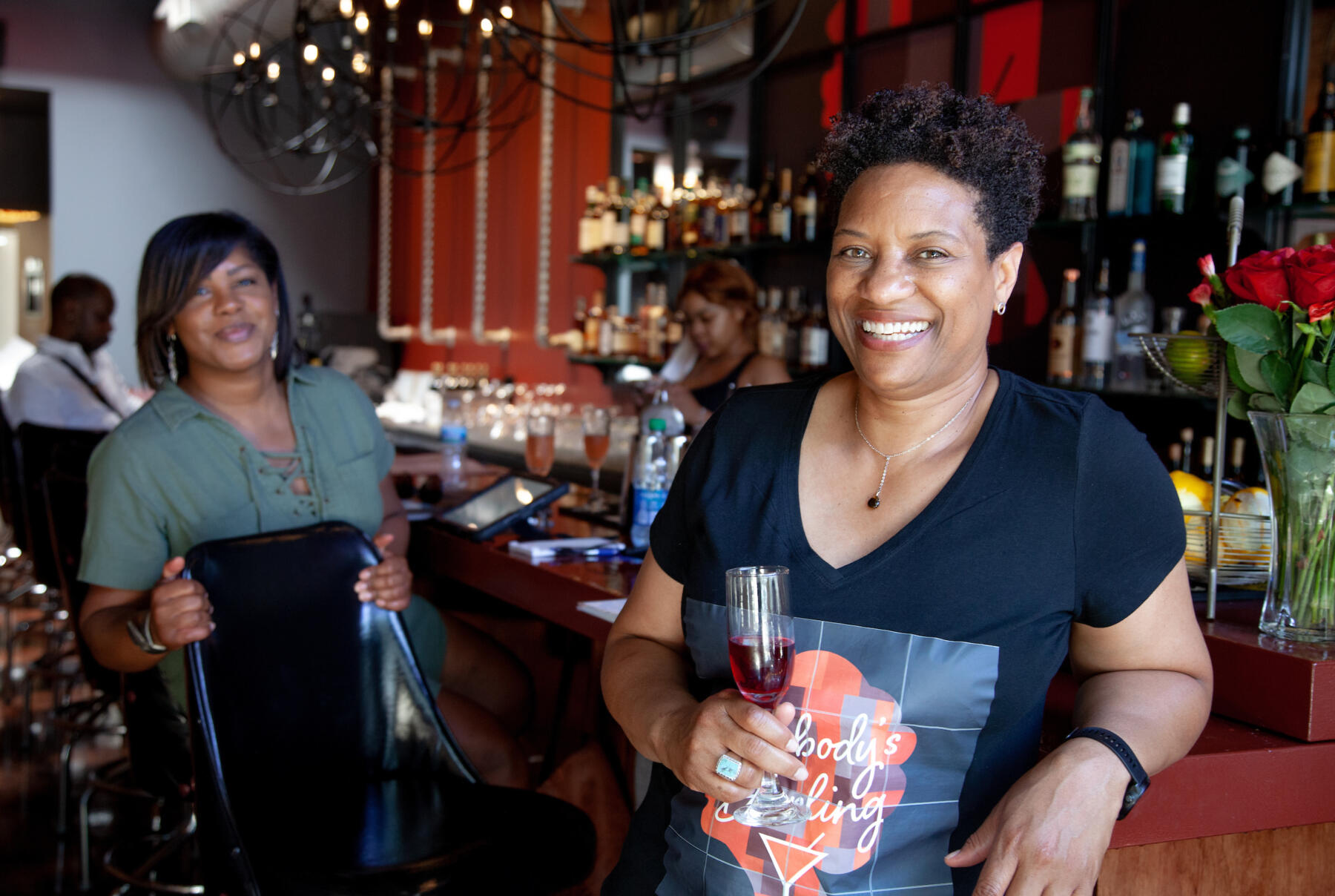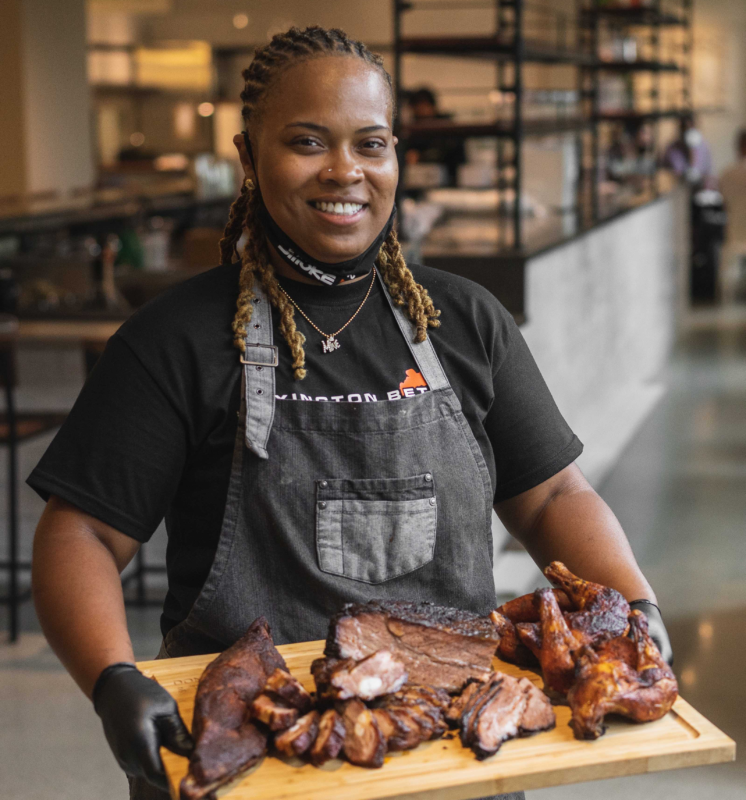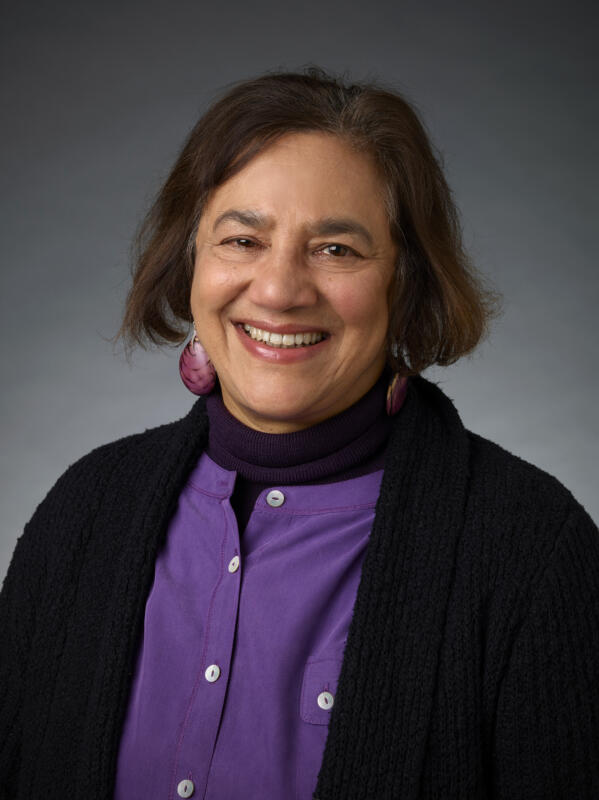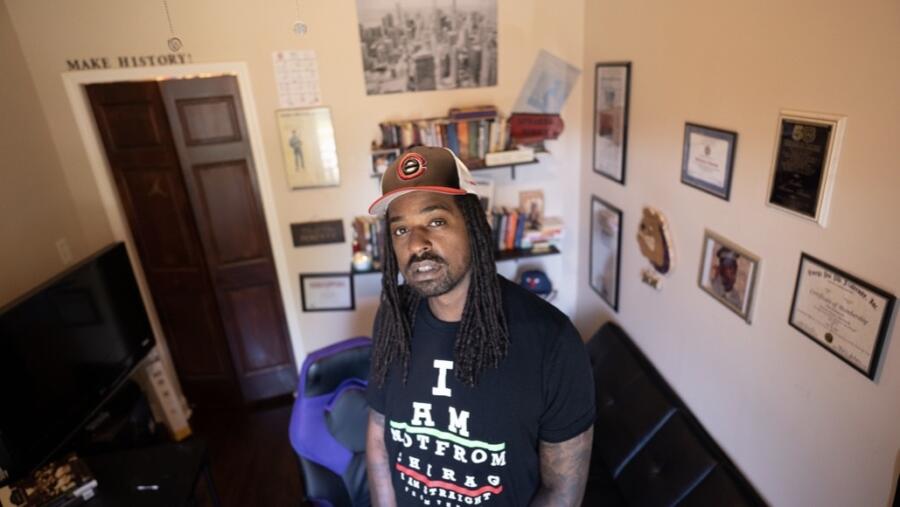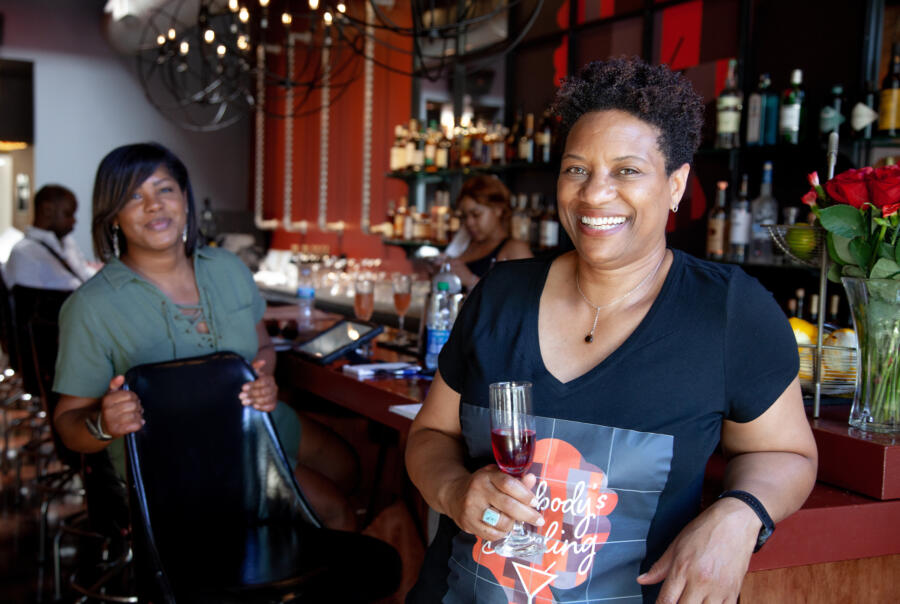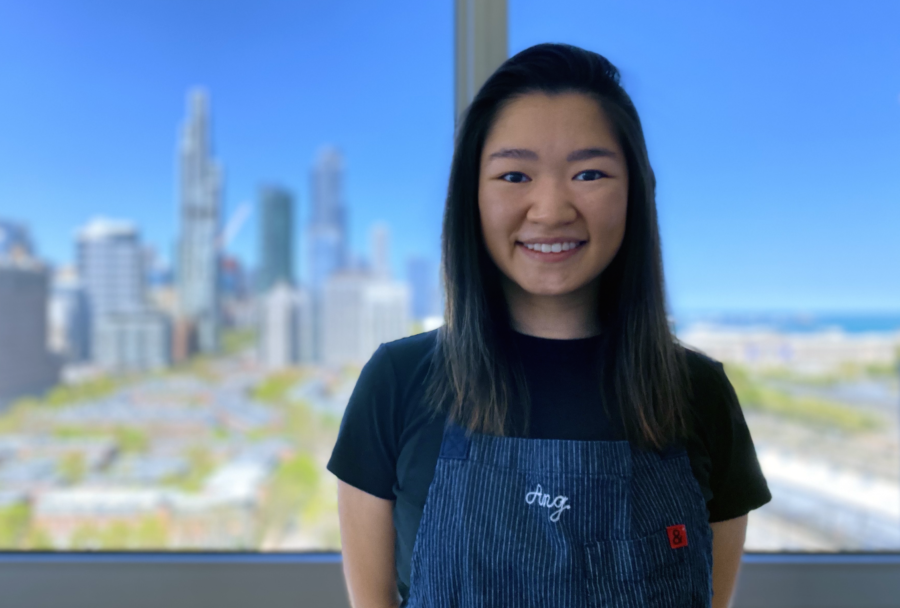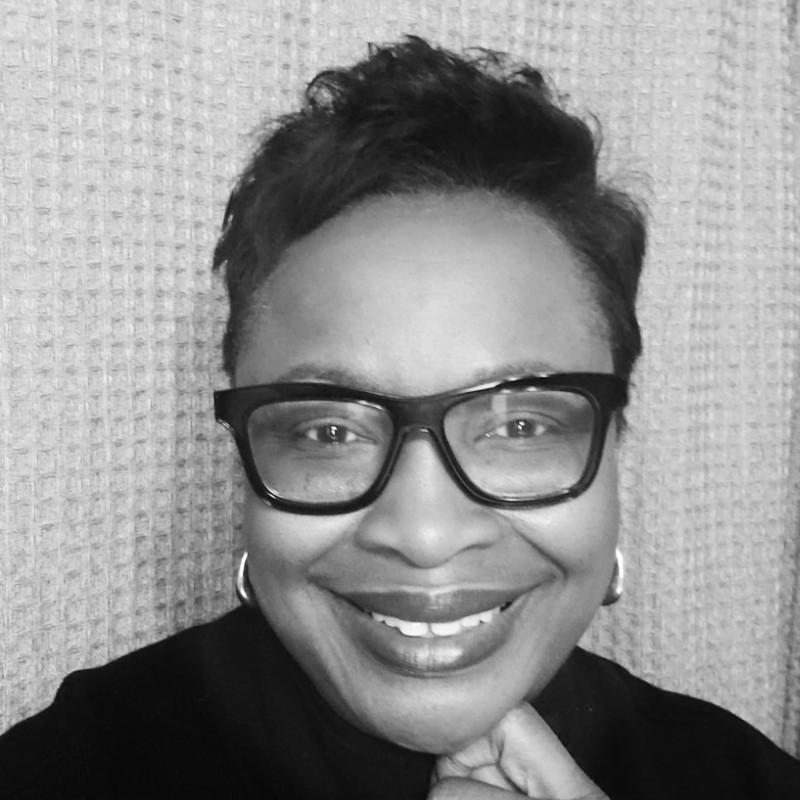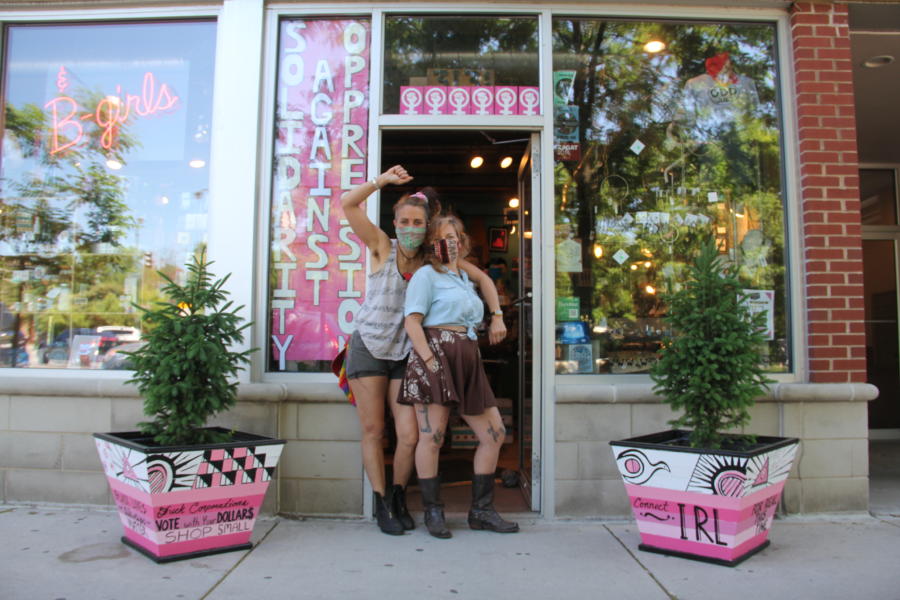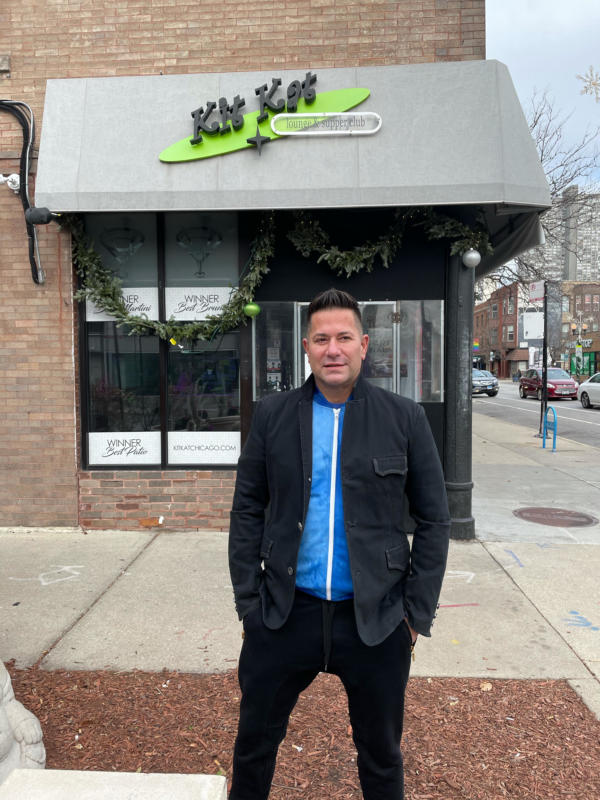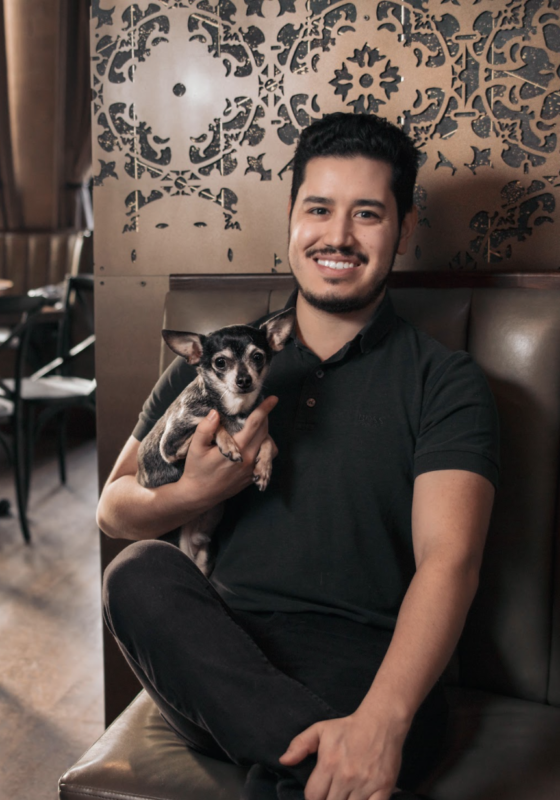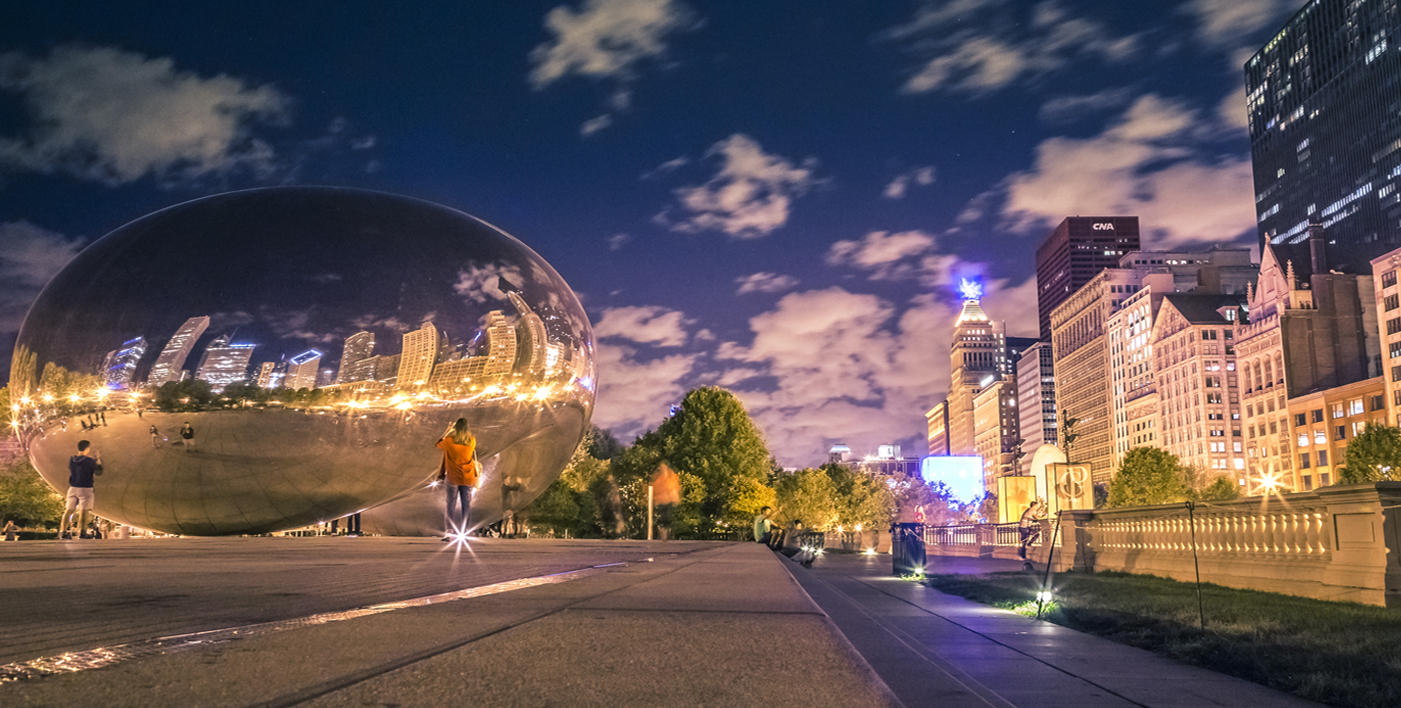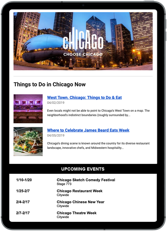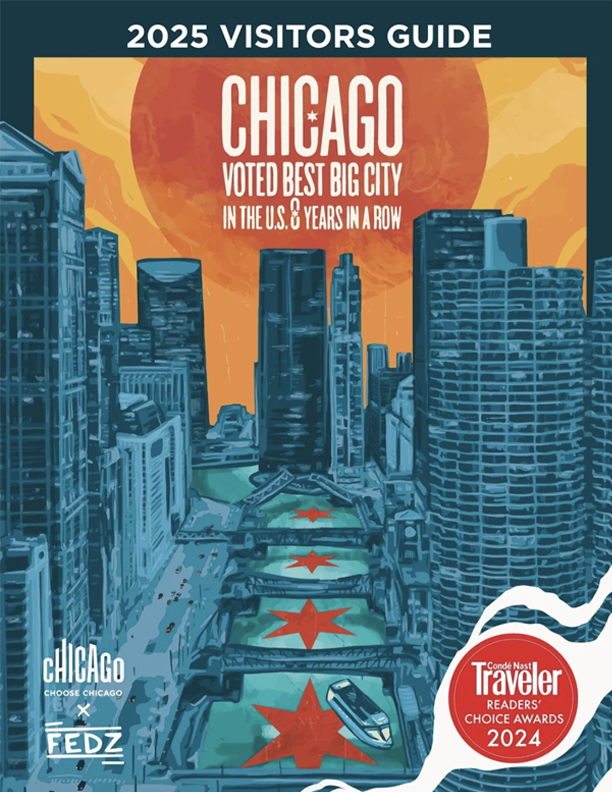Chris Pappan
Chris is a nationally recognized artist and painter living in Chicago. He is of Osage, Kaw, Cheyenne River Sioux, and mixed European heritage.
A lot of your work is inspired by the Native American art tradition known as ledger art. Can you tell us about it?
The introduction of paper to the Plains tribes was through ledger books of merchants and soldiers. So the pictographic narrative art forms that were done on teepees or inside teepees or on clothing were then able to be done in a more detailed and easier way on paper through the ledger books and colored pencils and watercolor, that sort of thing. So that’s how it became known as ledger art, because that was the paper that was introduced.
It just kind of all came together for me, this is how I can continue my way of drawing in a contemporary style and be able to relate it to this Native American art tradition, and therefore continuing that tradition and bringing it forward into the present and on into the future.
What is your goal in creating these contemporary pieces?
Just to really affirm that we are in the here and now. Because so often we’re portrayed as in the past, as not being in touch with the present. But the exact opposite is true. It’s a daily struggle. But that’s what I want is for people to just understand that we’re just as contemporary as everybody else.
I hope that I can be inspiring to others, that they can do the same if they want, if they have that passion for art or whatever it is, that they too can be culture bearers and leaders.
What else have you been working on?
I’m helping create the Center for Native Futures, which will be opening downtown hopefully in spring next year.
It’s going to be a fine art gallery studio space to highlight contemporary Native artists and the idea of futurism through artwork, various forms of artwork, be it visual, art, poetry, music, films, whatever we can get our hands on to show people.
Learn more

